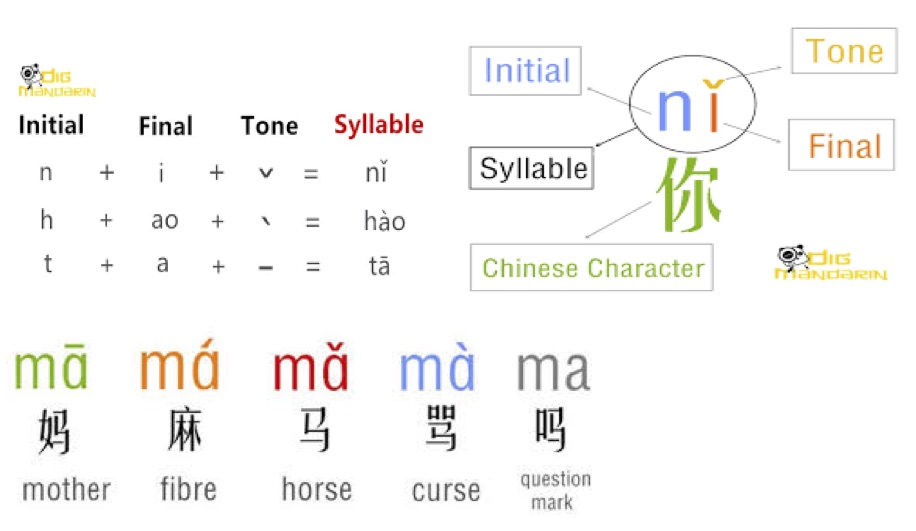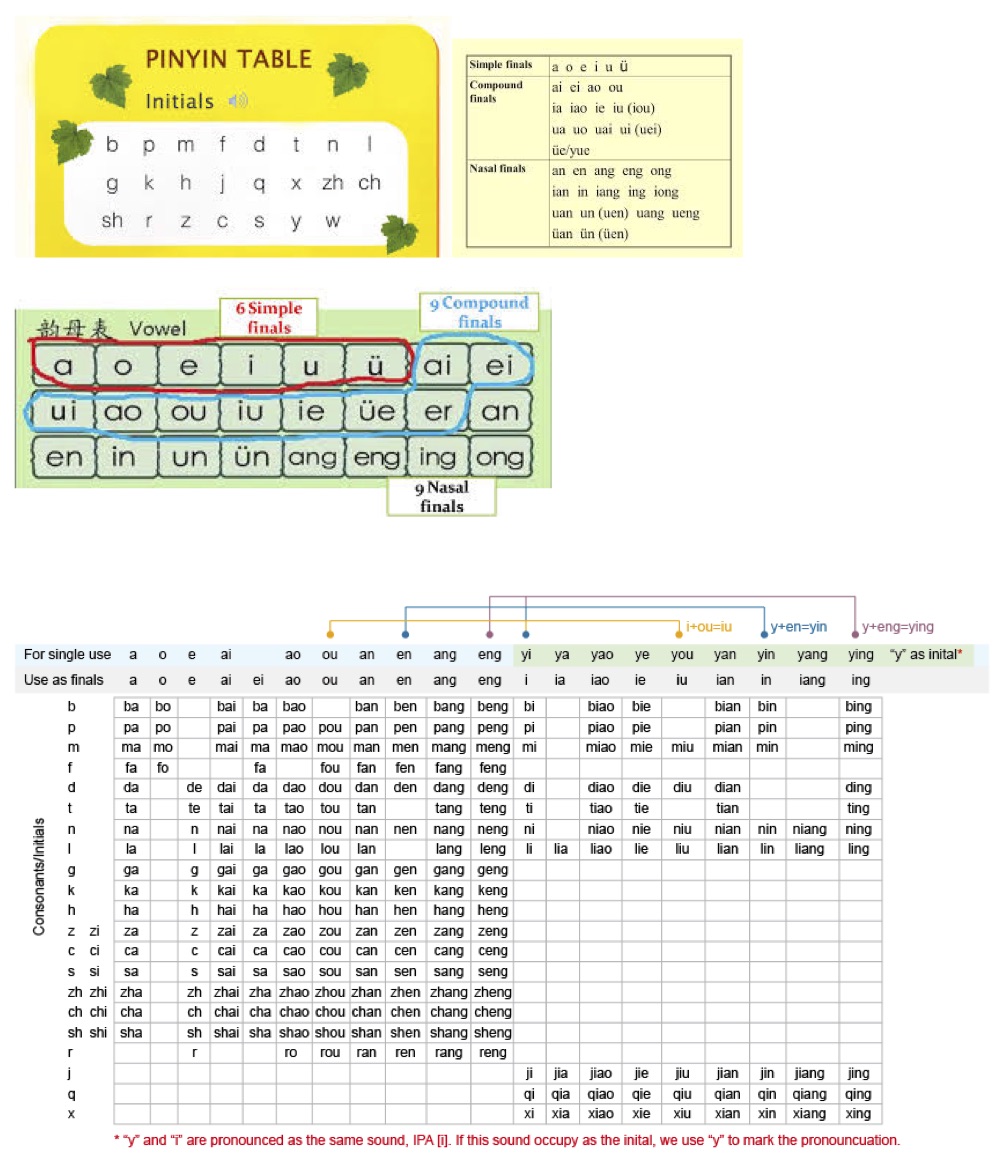What is pinyin?
Hanyu pinyin, the phonetic symbols for Chinese characters, is the system to transcribe Mandarin Chinese sounds into a Latin alphabet. It was invented in 1950s, and adopted officially in mainland China in 1958. Pinyin is used for several purposes. It can help learners of Chinese (including native speakers) to read Chinese characters and/or words. It can be used to transcribe names and places into words accessible to Romanized language speakers, and it can be used as an input method for typing Chinese characters.
Pinyin is not the only system devised to transcribe Chinese sounds into Roman letters. An older system called Wade-Giles was used in the first half of the 20th century and it has left its mark on the English language. For instance, 功夫 is Romanized as "kungfu" in Wade-Giles, but "gongfu" in pinyin. Also, 北京 (the capital of China) was in the past Romanized as "Peking", but is "Beijing" in pinyin. It is a common misconception that the city changed names, but the sound has never changed, only how we spell the sound with letters has.
What is pinyin made up of?
Pinyin consists of syllables. Each Chinese character has one syllable. Syllables can have initials and finals. Respectively, initials and finals are the equivalent of consonants and vowels in English. Finals carry tone marks. In Chinese, there are four tone marks and five tones. The four tone marks are 1st (“-”), 2nd (“ ˊ”), 3rd (“ˇ”) and 4th (“ˋ”). The fifth tone is neutral tone, in which case, the character is pronounced lightly. Pronouncing all the tone correctly is very important because different tones of the same syllable result in different meanings.
The following images show how pinyin is exemplified in a syllable and why tones are important.
The following chart shows what are initials and what are finals. Regarding finals, those that have one letter are called simple finals. Those with two or more letters are called compound finals and those with an “n” sound are referred to as nasal finals. Usually, the combination of initials and finals makes up a syllable (initials always come before finals) although there are cases where syllables consist of only finals.
YouTube Videos
If you’d like to explore a little further, you can watch the following videos:
- https://www.youtube.com/watch?v=VluIogMhXqU
- https://www.youtube.com/watch?v=PgHelJXrBzM
- https://www.youtube.com/watch?v=91RVKGKzRlA


